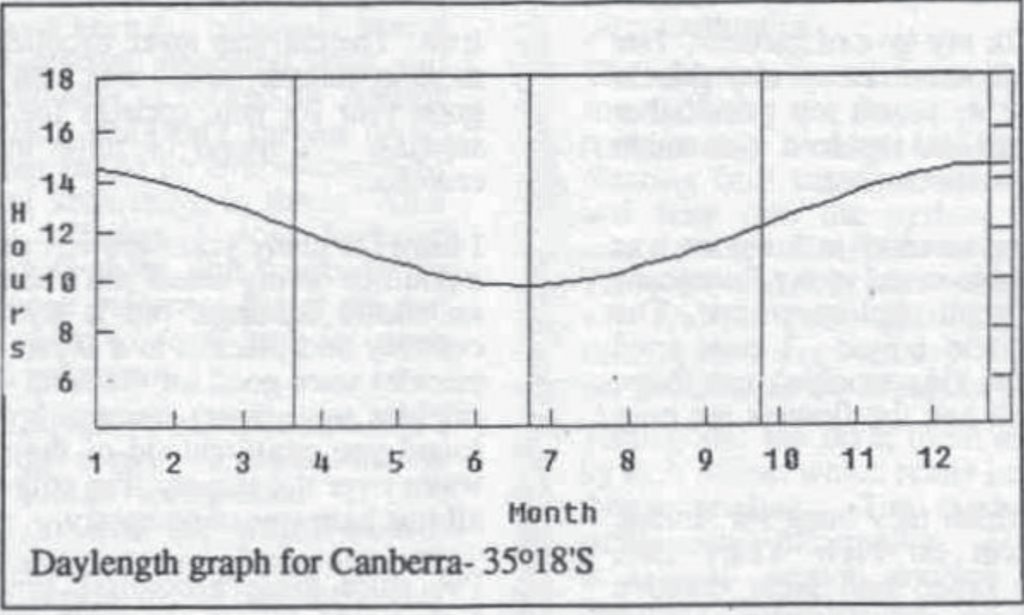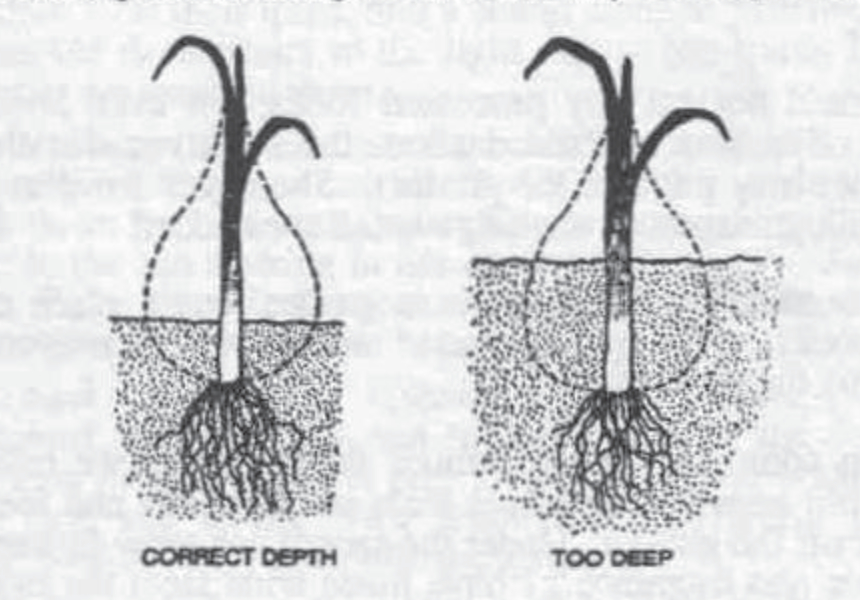Article and illustrations: Michelle Johnson (COGS Quarterly – Winter 1994)

Onions are one of those crops often overlooked by gardeners to whom gardening means sun-ripened tomatoes and golden corn, yet it is an important part of many people’s diet, adding flavour and goodness to many meals from summer salads to hearty winter casseroles. This makes them a very useful crop to grow, and one that should be considered when planning your vegetable garden.
Gardeners can have their own onions available most of the year, provided the right varieties are chosen to give a succession of harvests, with the main crop variety one with a long storage life. Leeks and shallots can also be grown to be harvested in Spring before the Early onions are ready. For many Leeks are the gourmet members of the onion family and are quite easily grown. However, I have not discussed growing these in this article.
A critical factor for success in growing onions is choosing the right variety to plant in your region at a particular time of the year, as onions bulb up in response to day length and temperature. Daytime temperatures must reach around 21°C before bulbing commences.

With respect to day length, onion varieties are put into three classes:
- Short-day or Early which begin to bulb during 11 to 12 hour days. These are usually sown in Autumn and grow through the shortest days of winter to mature in late Spring. e.g. Early Barletta, Late Flat White. The seedlings should be no bigger than a pencil when winter comes or they will bolt to seed in Spring. This class of onion tends not to store very well, but is a sweeter onion for slicing in salads.
- Intermediate- day or Mid-season which require 12 to 14 hour days to mature. These are sown late Autumn to mid winter to mature in early Summer. e.g. Hunter River Brown, Early Creamgold.
- Long-day or Late which need day lengths longer than 14 hours to mature. They mature late summer early Autumn. Pukekohe, or Creamgold, the most popular commercially grown onion, can be sown late Winter-early Spring, but most varieties are sown May to July. These varieties tend to belong keepers and have a strong flavour.
Onions must be grown in a sunny position and the soil will need to be well-drained and fertile with a pH of 6- 6.5. In many soils around Canberra, this will mean adding lime when preparing the soil. Although they like a rich soil, it should not be high in nitrogen as too much nitrogen leads to thicker necks that allow rot in. Manures should not be added to the soil close to planting time, but compost, rock phosphate and wood ash can help.
Onions can be affected by the preceding crop in your rotation. Different growers have their own favourite rotations which appear to work for them. Eliot Coleman has found the most favourable crops to precede the onion family are a fine grass, lettuce or member of the squash family, and has found they do best where no green manure was sown. They can also follow a cabbage crop which was fertilised before the crop was planted.
The young plants can be lightly fertilised with a low nitrogen fertiliser, but fertilising should cease when the plant is in the final stages of maturation (about the last 50 days). Some growers use a seaweed spray on planting and at monthly intervals until maturity, believing this inhibits disease’
Fresh seed must be used as onion seed only remains viable for 1, possibly 2 years. Many gardeners choose to grow from transplants, rather than seed, to save on weeding in those first vital weeks. Onions are very sensitive to weed competition, so weeding must be given a priority with young seedlings. This is not so important in the later stages.
When transplanting, trim the tops and the roots. This makes planting easier and helps stop the tops from drying out. Take care not to plant too deep or neck rot may develop later. Planting is usually 2 inches deep, 3-4 inches apart, in rows about 12 inches apart.

Plants can be mulched, but the mulch should be pulled back in Spring to let the soil warm up. Young onions must be well- watered, but watering must be withdrawn towards the end when some of the tops are turning yellow and a few have fallen over. When some tops have fallen over, the others can be twisted over or knocked over with the back of a rake.
After about 2 weeks the onions can be pulled out. However, if you want to store the onions for a long time, make sure they are fully ripened before pulling since organic substances go down into the bulb to promote dormancy as the green tops wither. The bulbs should pull easily out of the ground, otherwise the roots are still alive.
After harvesting the onions should be cured to dry thoroughly, either by leaving on the ground if the weather is warm and dry, or by placing on well ventilated racks eg old plastic bread trays, chicken wire frames, under shelter. Curing usually takes about 2 weeks. The crop can then be stored in a cool place, ideally with temperatures just above freezing and with about 70% humidity and good circulation cg. in mesh bags, pantyhose or in well ventilated crates. Keep them off concrete floors and out of paper and plastic bags.
Stored correctly long keeping varieties can last over twelve months. It has also been found that those with a thin neck and flat basal plate (root side) last the longest, so eat the other ones first.
References
1. “Optimum Onions” by Joanna Poncavage, p4247 “Organic Gardening” Nov 1993, Radale Press Inc.
2. “Onion Savvy” by Jack Cook, p4043 “Organic Gardening” July/August 1990, Rodale Press Inc.
3. ‘The Finest Keepers” by Olwen Woodier, p60-66 “Organic Gardening” June 1988, Rodale Press Inc.
4. “Complete Organic Gardening” by Jonathan Sturm 1992 Southern Holdings Pty. Ltd.
5 .’The New Organic Grower” by Eliot Coleman 1989 p143. p250